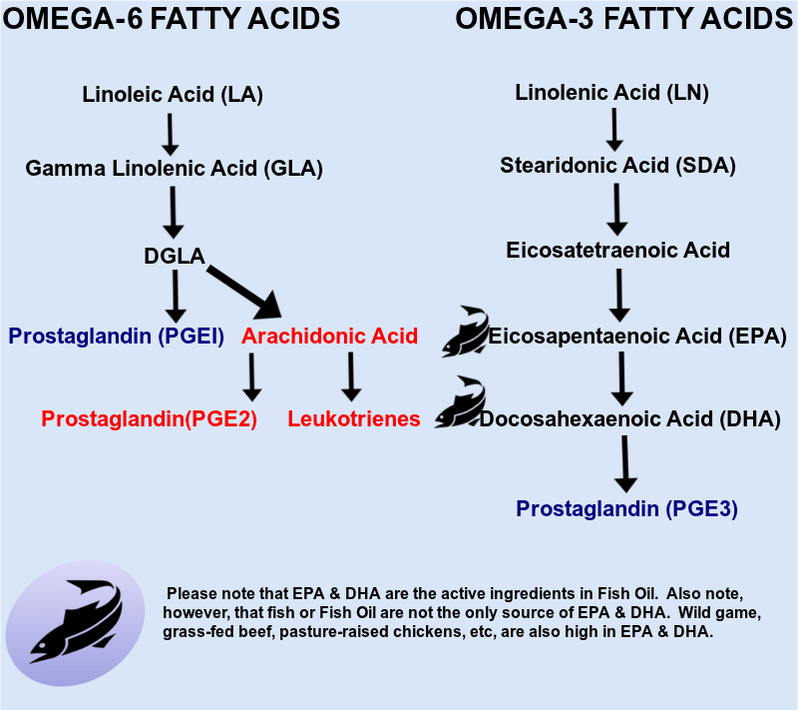

For cholesterol it was decided not to propose a reference value beside the limitation on the intake of SFA. Fatty acids play a key role in metabolism: as a metabolic fuel, as a necessary component of all membranes, and as a gene regulator.
#Fatty scida plus#
For specific fatty acids the following is proposed: saturated fatty acid (SFA) and trans fatty acid intake should be as low as possible not to set any DRV for cis-monounsaturated fatty acids not to formulate a DRV for the intake of total cis-polyunsaturated fatty acids (PUFA) not to set specific values for the n-3/n-6 ratio to set an Adequate Intake (AI) of 4 E% for linolenic acid not to set any DRV for arachidonic acid not to set an UL for total or any of the n 6 PUFA to set an AI for alpha-linilenic acid (ALA) of 0.5 E% not to set an UL for ALA to set an AI of 250 mg for eicosapentaenoic acid (EPA) plus docosahexaenoic acid (DHA) for adults to set an AI of 100 mg DHA for infants (>6 months) and young children <24 months to increase by 100 200 mg preformed DHA in addition to the AI for adults as an adequate supply of n-3 long chain PUFA during pregnancy and lactation not to set any DRV for conjugated linoleic acid. Trans fatty acids, more commonly called trans fats, are made by heating liquid vegetable oils. Fat intake in infants can gradually be reduced from 40 E% in the 6 12 month period to 35-40 E% in the 2nd and 3rd year of life. Omega-3 fats are an important type of polyunsaturated fat. A lower bound of the reference intake range for total fat of 20 energy % (E%) and an upper bound of 35 E% are proposed. The Burrs identified linoleic acid as an essential fatty acid and coined the phrase essential fatty acids. Fatty Acid Kit Refer to the product s Certificate of Analysis for more information on a suitable instrument technique. Naturally occurring TFAs are found in some. This Opinion of the EFSA Panel on Dietetic Products, Nutrition, and Allergies (NDA) deals with the setting of Dietary Reference Values (DRVs) for fats. Trans fatty acids (TFAs), occur both naturally in foods and can be formed or added to foods during manufacture. In most cases, people with fatty liver disease are encouraged to. Competent organisations in Member States Risk factors include obesity, a high-fat diet, high alcohol intake and diabetes mellitus.


 0 kommentar(er)
0 kommentar(er)
